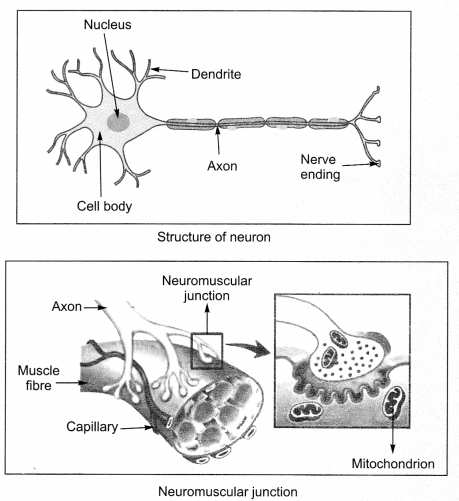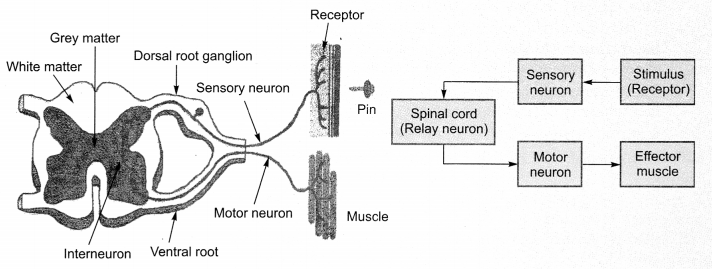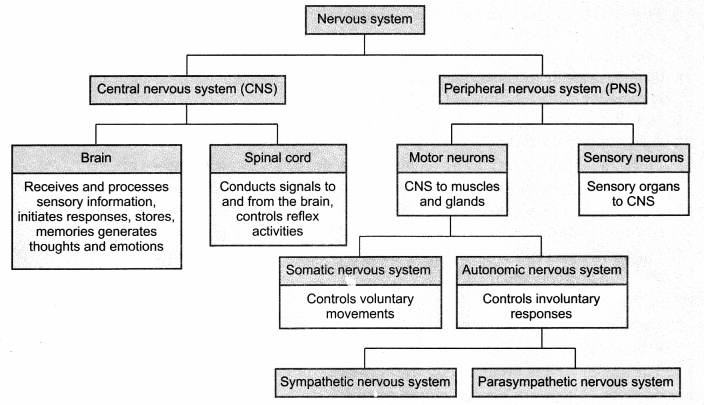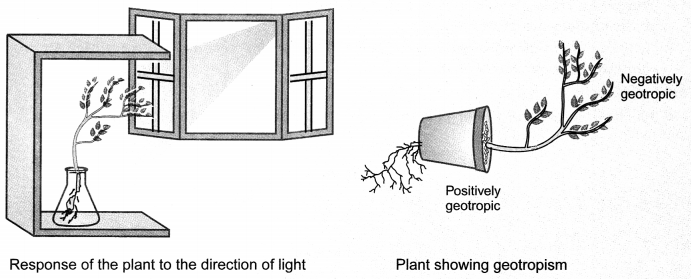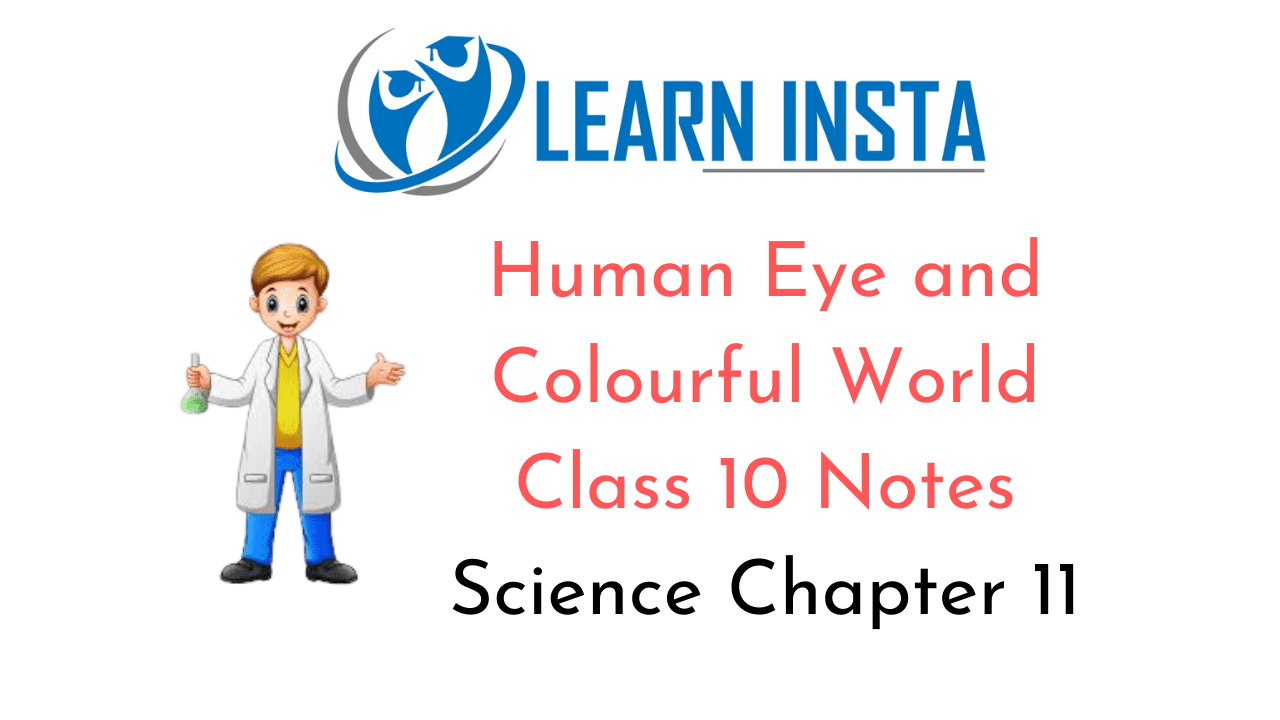 On this page, you will find Human Eye and Colourful World Class 10 Notes Science Chapter 11 Pdf free download. CBSE NCERT Class 10 Science Notes Chapter 11 Human Eye and Colourful World will seemingly help them to revise the important concepts in less time.
On this page, you will find Human Eye and Colourful World Class 10 Notes Science Chapter 11 Pdf free download. CBSE NCERT Class 10 Science Notes Chapter 11 Human Eye and Colourful World will seemingly help them to revise the important concepts in less time.
CBSE Class 10 Science Chapter 11 Notes Human Eye and Colourful World
Human Eye and Colourful World Class 10 Notes Understanding the Lesson
1. The human eye: The human eye an extremely valuable and a sensitive sense organ, which enables us to see objects and colours around us.
2. Parts of the human eye:
- Cornea: A thin membrane through which light enters the eye, maximum refraction occurs at the outer surface of cornea.
- Iris: A dark muscular membrane which controls size of pupil.
- Pupil: Regulates and controls the amount of light entering the eye.
- Eye lens: Composed of fibrous, jelly-like material, with adjustable curvature, forms an inverted and real image of object on retina.
- Retina: It is a light sensitive screen on which image is formed.

3. Power of Accommodation:
- The ability of the eye lens to adjust its focal length is called accommodation.
- Least distance of distinct vision: Minimum distance at which object can be seen distinctly without any strain from normal eye, i.e, 25 cm for normal vision.
- Far point of the eye: The farthest point upto which the eye can see objects clearly is called far point of the eye. It is infinity for normal eye.
4. Defects of Vision:
(i) Cataract: Crystalline lens of people at old age becomes milky and cloudy. This condition is called cataract. It is possible to restore vision through cataract surgery.
(ii) Myopia: (Near sightedness)

A person with myopia can see nearby objects clearly but cannot see distant objects clearly. Cause
- Due to excessive curvature of the eye lens.
- Elongation of the eyeball.
(iii) Hypermetropia (far-sightedness)
A person with hypermetropia can see distant objects clearly but cannot see nearby objects distinctly.
Cause
- The focal length of the eye lens is too long.
- The eyeball has become too small.
Correction
Convex lens of suitable power.

(iv) Presbyopia
The power of accommodation of the eye usually decreases with ageing. In this eye defect it is difficult to see nearby objects comfortably and distinctly without corrective eye glasses.
Cause:Weakening of cilary muscles and diminishing flexibility of eye lens.
Correction: By using bifocal lens. Upper portion consists of concave lens and lower part is convex lens.
5. Refraction of Light through Prism

(i) The refraction of light takes place at two surfaces firstly when light enters from air to prism and j secondly when light emerges from prism.
(ii) Angle of prism: The angle between the two lateral faces of the prism is called angle of prism.
(iii) Angle of deviation: The angle between incident ray (produced forward) and emergent ray I (produced backward).
6. Dispersion of White Light by a Glass Prism
Dispersion:
- The splitting of light into its component colours is called dispersion.
- Red light bends the least while violet bends the most.
Spectrum: The band of the coloured components of a light beam is called spectrum, i.e., VIBGYOR

When an inverted prism is kept a little distance away from the prism causing dispersion or basically in the path of splitted beam, the spectrum recombines to form white light.

7. Rainbow Formation
A rainbow is a natural spectrum appearing in the sky after rain shower. It is caused by dispersion of sunlight by tiny water droplets, present in the atmosphere. The water droplet act like small prism. They refract and disperse the incident sunlight, then reflect it internally and finally refract it again.
Due to dispersion of light and internal reflection different colours appears.

8. Atmospheric Refraction
If physical conditions of the refracting medium (air) are not stationary, the apparent position of the object fluctuates.
Twinkling of stars
- The twinkling of stars is due to atmospheric refraction of starlight.
- When starlight enters the earth’s atmosphere, it suffers refraction continuously. Since the physical conditions of the earth’s atmosphere are not stationary the stars appear twinkling.
Advance sunrise and delayed sunset
Advance sunrise and delayed sunset is due to atmospheric refraction.
When the sun is slightly below the horizon, the sunlight coming from the less dense (vacuum) to the more dense (air) medium is refracted downwards. Therefore the Sun appears to be above the horizon. Similarly, even after sunset, the Sun can be seen for sometime due to refraction of sunlight.

9. Tyndall Effect
The phenomenon of scattering of light by colloidal particle gives rise to Tyndall effect.
Tyndall effect can be observed when sunlight passes through a canopy of a dense forest. Here tiny droplets in mist scatters light.
The colour of the scattered light depends on the size of the scattering particles. Very fine particles scatter mainly blue light while particles of larger size scatter light of longer wavelengths.
Colour of the clear sky is blue: The molecules of air and other fine particles in the atmosphere have size smaller than the wavelength of visible light. When sunlight passes through the atmosphere, the fine particles in air scatter the blue colour more strongly than red.

Danger signal lights are red in colour: Because red colour is least scattered by fog or smoke.
Sun appears reddish early in the morning: In the morning and evening, the Sun lies near the horizon. Sunlight travels through a larger distance in the atmosphere and most of the blue light and shorter wavelengths are scattered away by the particles. Therefore, the light that reaches our eyes is of longer wavelength. This gives rise to the reddish appearance of the Sun.
Class 10 Science Chapter 11 Notes Important Terms
Eye: The human eye is an extremely valuable and sensitive sense organ, which enables us to see objects and colours around us.
Power of accommodation: The ability of the eye lens to adjust its focal length is called accommodation.
Myopia: A person with myopia can see nearby objects clearly but cannot see distant objects clearly.
Cataract: Crystalline lens of people at old age becomes milky and cloudy. This condition is called cataract.
Hypermetropia: A person with hypermetropia can see distant objects clearly but cannot see nearby objects distinctly.
Presbyopia: The power of accommodation of the eye usually decreases with ageing. In this eye defect, it is difficult to see nearby objects comfortably and distinctly without corrective eye glasses.
Dispersion: The splitting of light into its component colours is called dispersion.
Atmospheric refraction: Refraction of light by the constituent particles of the atmosphere. Tyndall effect: The phenomenon of scattering of light by colloidal particles gives rise to Tyndall effect.
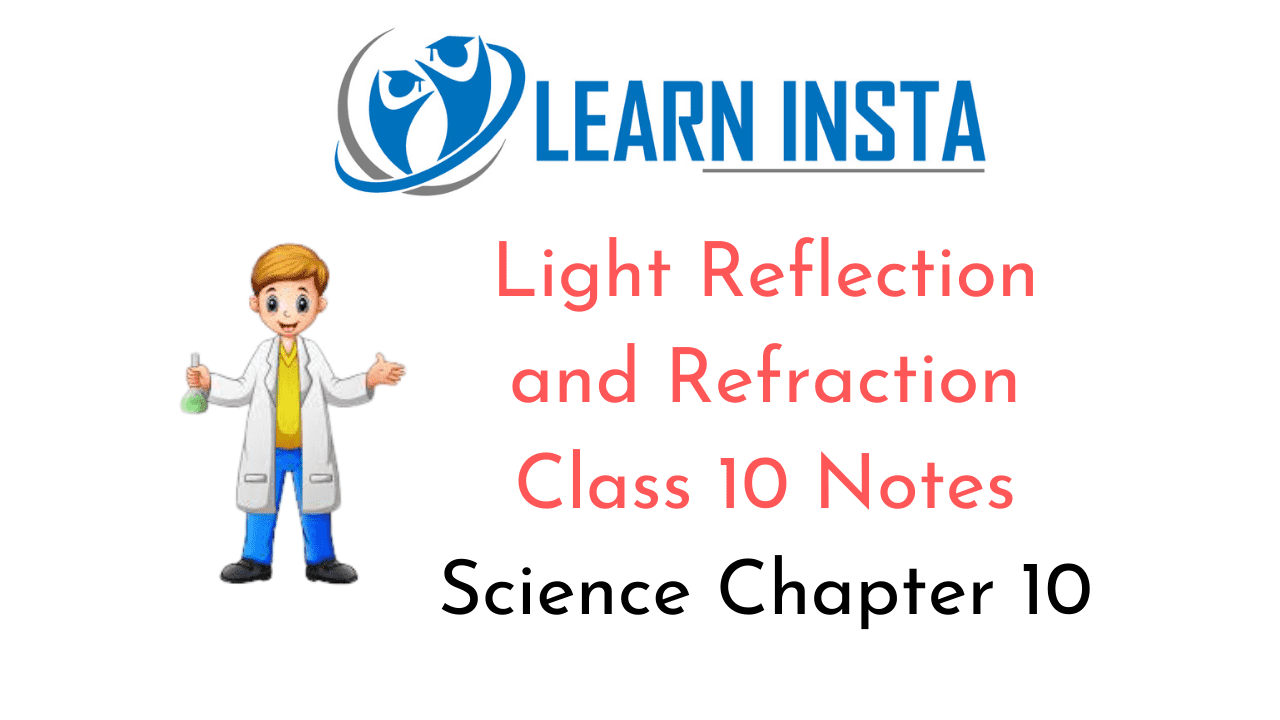 On this page, you will find Light Reflection and Refraction Class 10 Notes Science Chapter 10 Pdf free download. CBSE NCERT
On this page, you will find Light Reflection and Refraction Class 10 Notes Science Chapter 10 Pdf free download. CBSE NCERT 






















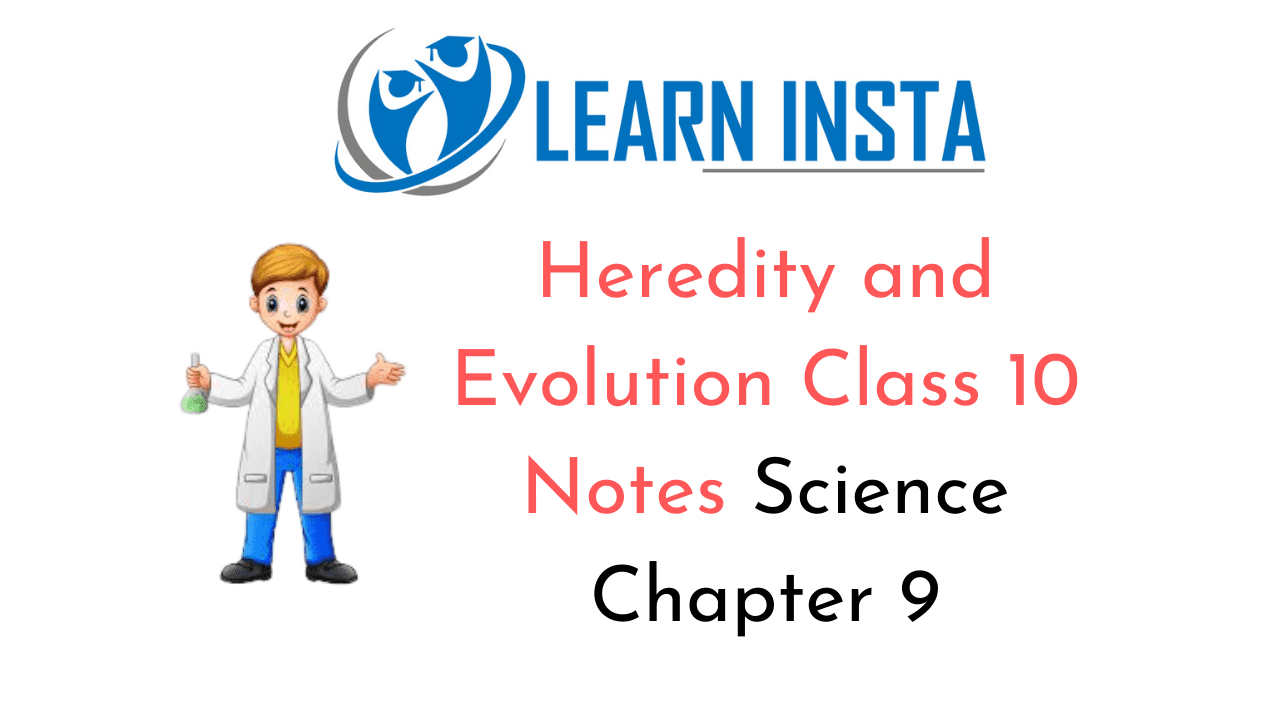 On this page, you will find Heredity and Evolution Class 10 Notes Science Chapter 9 Pdf free download. CBSE NCERT
On this page, you will find Heredity and Evolution Class 10 Notes Science Chapter 9 Pdf free download. CBSE NCERT 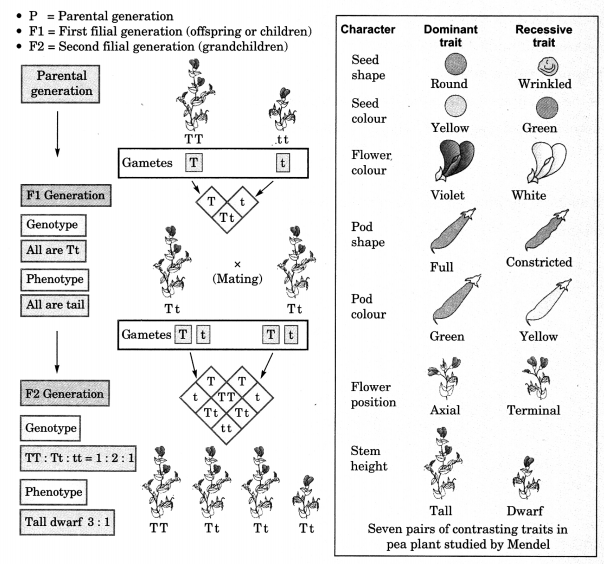
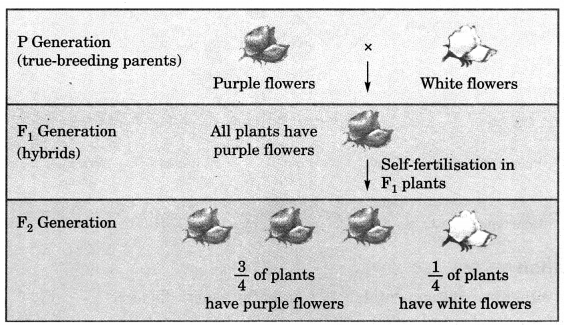

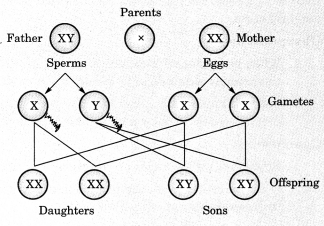
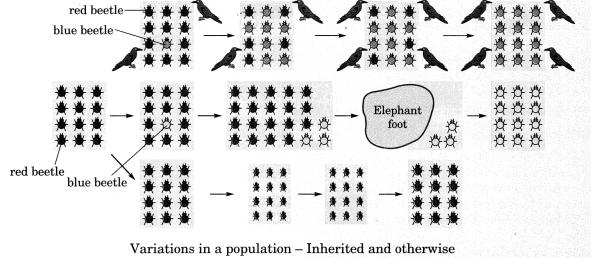
 On this page, you will find How do Organisms Reproduce Class 10 Notes Science Chapter 8 Pdf free download. CBSE NCERT
On this page, you will find How do Organisms Reproduce Class 10 Notes Science Chapter 8 Pdf free download. CBSE NCERT 


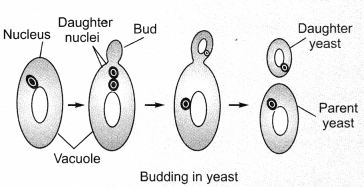

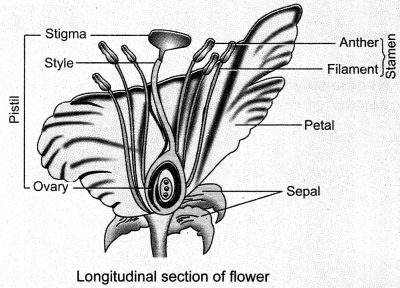
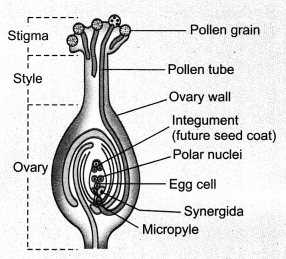
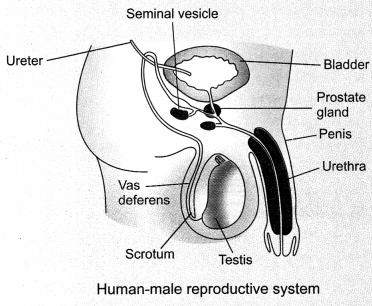

 On this page, you will find Control and Coordination Class 10 Notes Science Chapter 7 Pdf free download. CBSE NCERT
On this page, you will find Control and Coordination Class 10 Notes Science Chapter 7 Pdf free download. CBSE NCERT 